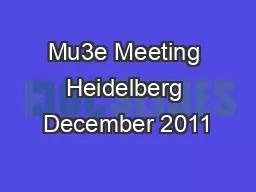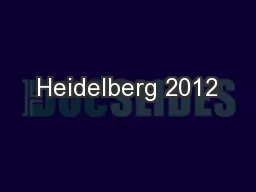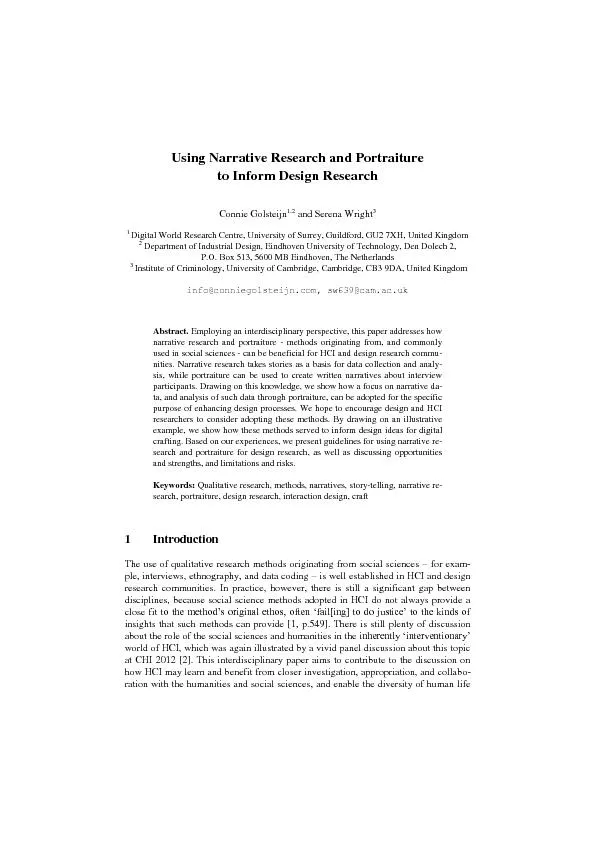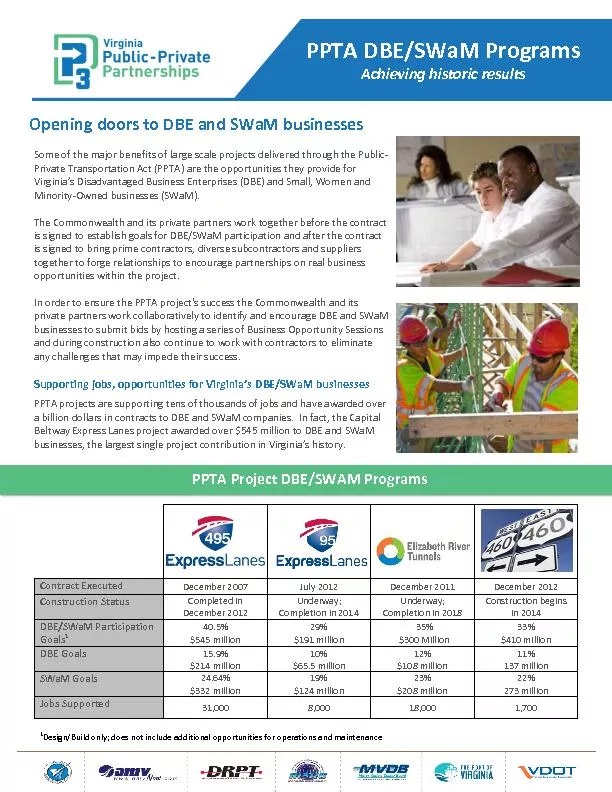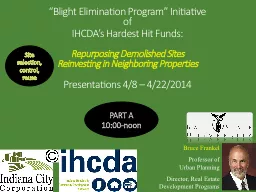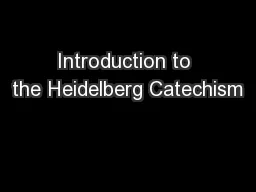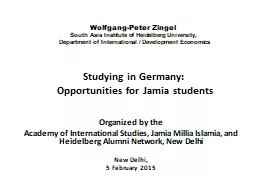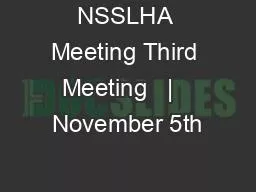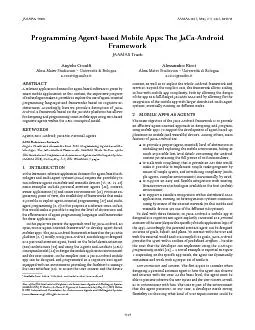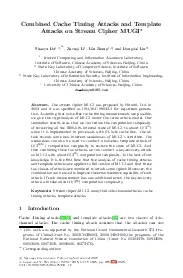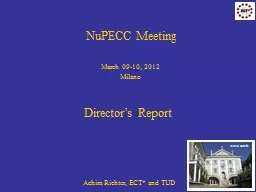PPT-Mu3e Meeting Heidelberg December 2011
Author : radions | Published Date : 2020-06-22
PeterRaymond Kettle 1 L O I Summary of Beam Considerations PeterRaymond Kettle 2 Where We Stand amp What is Realistic Concerning a Mu3e Beam Line at PSI
Presentation Embed Code
Download Presentation
Download Presentation The PPT/PDF document "Mu3e Meeting Heidelberg December 2011" is the property of its rightful owner. Permission is granted to download and print the materials on this website for personal, non-commercial use only, and to display it on your personal computer provided you do not modify the materials and that you retain all copyright notices contained in the materials. By downloading content from our website, you accept the terms of this agreement.
Mu3e Meeting Heidelberg December 2011: Transcript
Download Rules Of Document
"Mu3e Meeting Heidelberg December 2011"The content belongs to its owner. You may download and print it for personal use, without modification, and keep all copyright notices. By downloading, you agree to these terms.
Related Documents

